Sub-acute combined degeneration-MRI
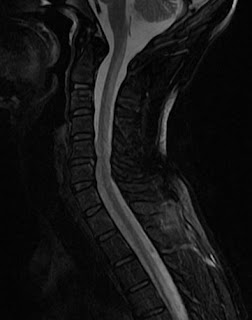
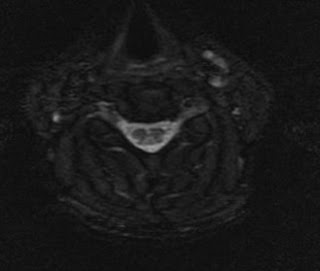
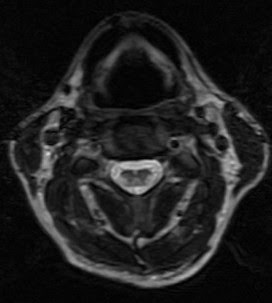
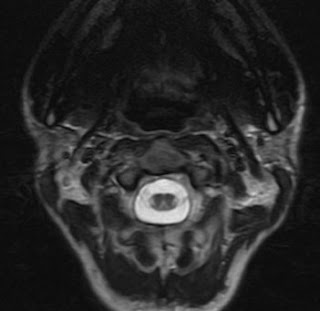
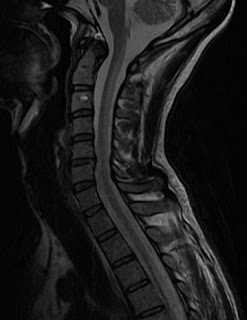
Sub-acute combined degeneration (SCD) is a rare cause of demyelination of the dorsal and lateral columns of the spinal cord and is a neurological complication due to vitamin B12 deficiency. This is a case of SCD of the spinal cord in a 40-year-old man. Magnetic resonance imaging (MRI) of the spine showed intramedullary hyperintensity seen on T2-weighted images in the posterior column of the cervico-dorsal spinal cord, and lateral columns. A diagnosis of SCD of the spinal cord was considered and confirmed by a low serum cobalamin. Detection of lateral tracts involvement by the MRI is uncommon.
Dr.Sumer K Sethi, MD
Sr Consultant Radiologist ,VIMHANS and CEO-Teleradiology Providers
Sub-acute combined degeneration-MRI
 Reviewed by Sumer Sethi
on
Monday, November 24, 2008
Rating:
Reviewed by Sumer Sethi
on
Monday, November 24, 2008
Rating:
 Reviewed by Sumer Sethi
on
Monday, November 24, 2008
Rating:
Reviewed by Sumer Sethi
on
Monday, November 24, 2008
Rating:







No comments:
Post a Comment